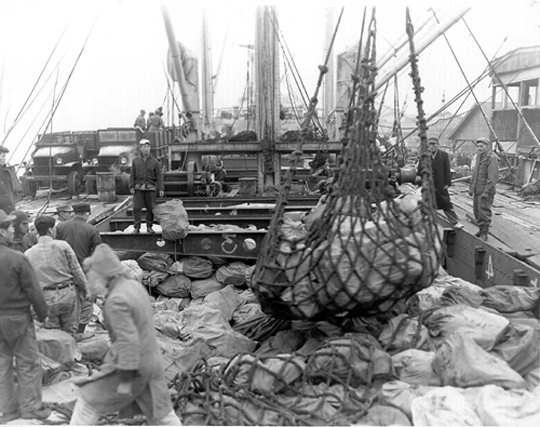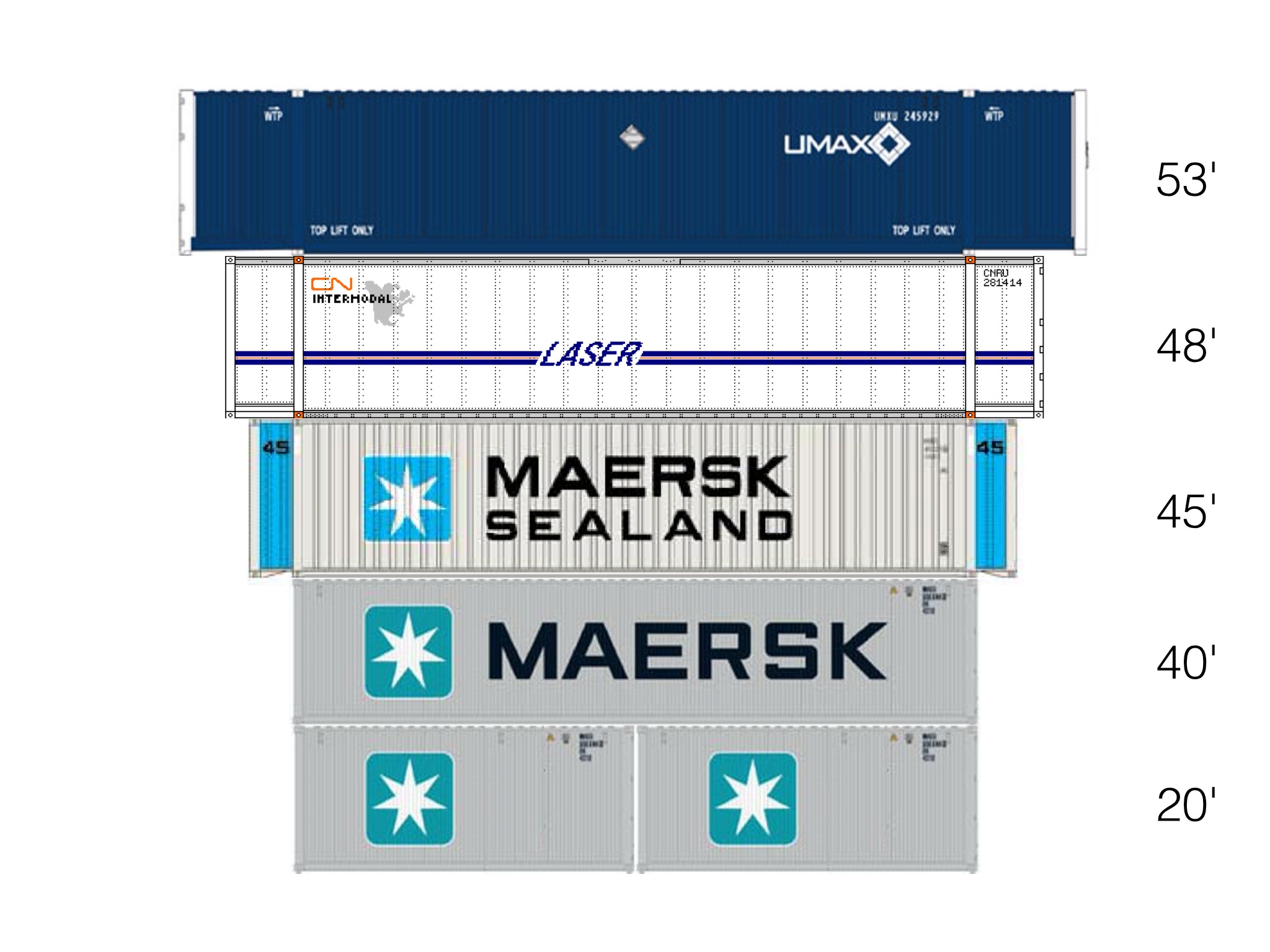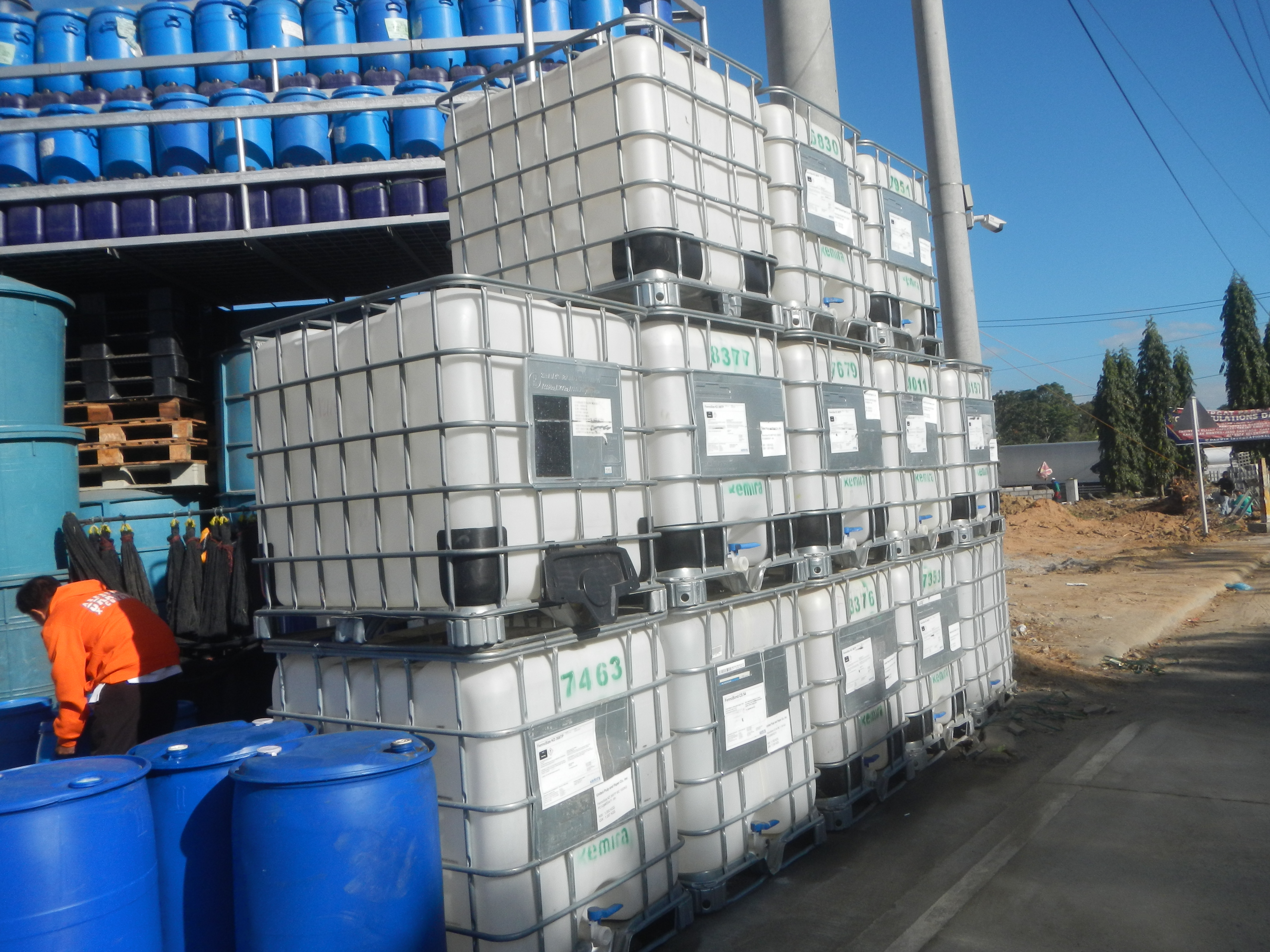|
Twist-lock
A twistlock or twist lock, together with matching corner castings, as defined in norms including ISO 1161:1984, form a standardized (rotating) connector system, for connecting and securing intermodal, and predominantly ISO-standard international shipping containers. The primary uses are to securely ''stack'' containers, for locking them into place on a container ship, semi-trailer or rail carriage, and for lifting and handling by specific container-handling equipment, like straddle carriers, reach stackers, container-handling forklifts, sidelifters, and various types of container cranes. Twist-locks also have to be used when stacking shorter than 40-foot containers, together with 40foot (12.2 m) and longer containers. Shorter than 40foot containers must be joined together horizontally with twist-locks, to form a rigid combined whole of 40foot length, to make them stackable and be able to support and be supported by an ISO standard 40- or 45foot container stacked under ... [...More Info...] [...Related Items...] OR: [Wikipedia] [Google] [Baidu] |
Container Ship
A container ship (also called boxship or spelled containership) is a cargo ship that carries all of its load in truck-size intermodal containers, in a technique called containerization. Container ships are a common means of commercial intermodal freight transport and now carry most seagoing non-bulk cargo. Container ship capacity is measured in twenty-foot equivalent units (TEU). Typical loads are a mix of 20-foot (1-TEU) and 40-foot (2-TEU) ISO-standard containers, with the latter predominant. Today, about 90% of non-bulk cargo worldwide is transported by container ships, and the largest modern container ships can carry up to 24,000 TEU (e.g., '' Ever Ace''). Container ships now rival crude oil tankers and bulk carriers as the largest commercial seaborne vessels. History There are two main types of dry cargo: bulk cargo and break bulk cargo. Bulk cargoes, like grain or coal, are transported unpackaged in the hull of the ship, generally in large volume. Break-bulk car ... [...More Info...] [...Related Items...] OR: [Wikipedia] [Google] [Baidu] |
ISO 668
ISO 668 - Series 1 freight containers — Classification, dimensions and ratings is an ISO international standard which classifies intermodal freight shipping containers ''nominally'', and standardizes their sizes, measurements and weight specifications. The current version of the standard is the Seventh edition (2020), which integrates version ''E''. The standard was prepared by Technical Committee ISO/TC 104: Freight containers, Subcommittee SC 1: General purpose containers. Introduced in 1968, ISO 668 currently regulates both external and internal dimensions of containers, as well as the minimum door opening sizes, where applicable. Minimum internal dimensions were earlier defined by ISO standard 1894:'' 'General purpose series 1 freight containers – Minimum internal dimensions'.'' Its second edition appeared in 1979, but was withdrawn, once revised by ISO 14961 of 1990. ISO 14961's current version is 2013, including Amendment 1 of 2016, last reviewe ... [...More Info...] [...Related Items...] OR: [Wikipedia] [Google] [Baidu] |
Container Verriegelung 2
A container is any receptacle or enclosure for holding a product used in storage, packaging, and transportation, including shipping. Things kept inside of a container are protected on several sides by being inside of its structure. The term is most frequently applied to devices made from materials that are durable and are often partly or completely rigid. A container can also be considered as a basic tool, consisting of any device creating a partially or fully enclosed space that can be used to contain, store, and transport objects or materials. History Humans have used containers for at least 100,000 years, and possibly for millions of years.Clive Gamble, ''Origins and Revolutions: Human Identity in Earliest Prehistory'' (2007), p. 204. The first containers were probably invented for storing food, allowing early humans to preserve more of their food for a longer time, to carry it more easily, and also to protect it from other animals. The development of food storage cont ... [...More Info...] [...Related Items...] OR: [Wikipedia] [Google] [Baidu] |
Container Lock----6005【 Pictures Taken In Japan 】
A container is any receptacle or enclosure for holding a product used in storage, packaging, and transportation, including shipping. Things kept inside of a container are protected on several sides by being inside of its structure. The term is most frequently applied to devices made from materials that are durable and are often partly or completely rigid. A container can also be considered as a basic tool, consisting of any device creating a partially or fully enclosed space that can be used to contain, store, and transport objects or materials. History Humans have used containers for at least 100,000 years, and possibly for millions of years.Clive Gamble, ''Origins and Revolutions: Human Identity in Earliest Prehistory'' (2007), p. 204. The first containers were probably invented for storing food, allowing early humans to preserve more of their food for a longer time, to carry it more easily, and also to protect it from other animals. The development of food storage cont ... [...More Info...] [...Related Items...] OR: [Wikipedia] [Google] [Baidu] |
Intermodal Containers
An intermodal container, often called a shipping container, is a large standardized shipping container, designed and built for intermodal freight transport, meaning these containers can be used across different modes of transport – from ship to rail to truck – without unloading and reloading their cargo. Intermodal containers are primarily used to store and transport materials and products efficiently and securely in the global containerized intermodal freight transport system, but smaller numbers are in regional use as well. These containers are known under a number of names. Based on size alone, up to 95% of intermodal containers comply with ISO standards, and can officially be called ISO containers. Many other names are simply: container, cargo or freight container, shipping, sea or ocean container, container van or sea van, sea can or C can, or MILVAN, SEAVAN, or RO/RO. The also used term CONEX (Box) is technically incorrect carry-over usage of the name of an important pr ... [...More Info...] [...Related Items...] OR: [Wikipedia] [Google] [Baidu] |
How The Shipping Container Made The World Smaller And The World Economy Bigger
How may refer to: * How (greeting), a word used in some misrepresentations of Native American/First Nations speech * How, an interrogative word in English grammar Art and entertainment Literature * ''How'' (book), a 2007 book by Dov Seidman * ''HOW'' (magazine), a magazine for graphic designers * H.O.W. Journal, an American art and literary journal Music * "How", a song by The Cranberries from ''Everybody Else Is Doing It, So Why Can't We?'' * "How", a song by Maroon 5 from ''Hands All Over'' * "How", a song by Regina Spektor from ''What We Saw from the Cheap Seats'' * "How", a song by Daughter from ''Not to Disappear'' * "How?" (song), by John Lennon Other media * HOW (graffiti artist), Raoul Perre, New York graffiti muralist * ''How'' (TV series), a British children's television show * ''How'' (video game), a platform game People * How (surname) * HOW (graffiti artist), Raoul Perre, New York graffiti muralist Places * How, Cumbria, England * How, Wisconsin, Un ... [...More Info...] [...Related Items...] OR: [Wikipedia] [Google] [Baidu] |
New Zealand
New Zealand ( mi, Aotearoa ) is an island country in the southwestern Pacific Ocean. It consists of two main landmasses—the North Island () and the South Island ()—and over 700 smaller islands. It is the sixth-largest island country by area, covering . New Zealand is about east of Australia across the Tasman Sea and south of the islands of New Caledonia, Fiji, and Tonga. The country's varied topography and sharp mountain peaks, including the Southern Alps, owe much to tectonic uplift and volcanic eruptions. New Zealand's capital city is Wellington, and its most populous city is Auckland. The islands of New Zealand were the last large habitable land to be settled by humans. Between about 1280 and 1350, Polynesians began to settle in the islands and then developed a distinctive Māori culture. In 1642, the Dutch explorer Abel Tasman became the first European to sight and record New Zealand. In 1840, representatives of the United Kingdom and Māori chiefs ... [...More Info...] [...Related Items...] OR: [Wikipedia] [Google] [Baidu] |
Ship Grounding
Ship grounding or ship stranding is the impact of a ship on seabed or waterway side. It may be intentional, as in beaching to land crew or cargo, and careening, for maintenance or repair, or unintentional, as in a marine accident. In accidental cases, it is commonly referred to as "running aground". When unintentional, grounding may result simply in stranding, with or without damage to the submerged part of the ship's hull. Breach of the hull may lead to significant flooding, which in the absence of containment in watertight bulkheads may substantially compromise the ship's structural integrity, stability, and safety. As hazard Severe grounding applies extreme loads upon ship structures. In less severe accidents, it might result only in damage to the hull; however, in most serious accidents, it might lead to hull breaches, cargo spills, total loss of the vessel, and, in the worst cases, human casualties. Grounding accounts for about one-third of commercial ship accidents,Kit ... [...More Info...] [...Related Items...] OR: [Wikipedia] [Google] [Baidu] |
Turnbuckle
A turnbuckle, stretching screw or bottlescrew is a device for adjusting the tension or length of ropes, cables, tie rods, and other tensioning systems. It normally consists of two threaded eye bolts, one screwed into each end of a small metal frame, one with a left-hand thread and the other with a right-hand thread. The tension can be adjusted by rotating the frame, which causes both eye bolts to be screwed in or out simultaneously, without twisting the eye bolts or attached cables. Uses Turnbuckles are most commonly used in applications which require a great deal of tension; they can range in mass from about ten grams for thin cable used in a garden fence, to thousands of kilograms for structural elements in buildings and suspension bridges. Aircraft Turnbuckles have been used in aircraft construction, especially during the early years of aviation. Historically, biplanes might use turnbuckles to adjust the tension on structural wires bracing their wings. Turnbuckles are also ... [...More Info...] [...Related Items...] OR: [Wikipedia] [Google] [Baidu] |
Double-stack Rail Transport
Double-stack rail transport is a form of intermodal freight transport in which railroad cars carry two layers of intermodal containers. Invented in the United States in 1984, it is now being used for nearly seventy percent of United States intermodal shipments. Using double stack technology, a freight train of a given length can carry roughly twice as many containers, sharply reducing transport costs per container. On United States railroads special well cars are used for double-stack shipment to reduce the needed vertical clearance and to lower the center of gravity of a loaded car. In addition, the well car design reduces damage in transit and provides greater cargo security by cradling the lower containers so their doors cannot be opened. A succession of larger container sizes have been introduced to further increase shipping productivity in the United States. Double-stack rail operations are growing in other parts of the world, but are often constrained by clearance and ot ... [...More Info...] [...Related Items...] OR: [Wikipedia] [Google] [Baidu] |
Maritime Museum Of Finland
The Maritime Museum of Finland ( fi, Suomen merimuseo, sv, Finlands sjöhistoriska museum) is a museum in Kotka, Finland Finland ( fi, Suomi ; sv, Finland ), officially the Republic of Finland (; ), is a Nordic country in Northern Europe. It shares land borders with Sweden to the northwest, Norway to the north, and Russia to the east, with the Gulf of B .... See also * Kotka Maretarium External links The Maritime Museum of FinlandFinnish National Board of Antiquities Maritime museums in Finland Kotka Museums in Kymenlaakso {{Finland-museum-stub ... [...More Info...] [...Related Items...] OR: [Wikipedia] [Google] [Baidu] |
Tensile Strength
Ultimate tensile strength (UTS), often shortened to tensile strength (TS), ultimate strength, or F_\text within equations, is the maximum stress that a material can withstand while being stretched or pulled before breaking. In brittle materials the ultimate tensile strength is close to the yield point, whereas in ductile materials the ultimate tensile strength can be higher. The ultimate tensile strength is usually found by performing a tensile test and recording the engineering stress versus strain. The highest point of the stress–strain curve is the ultimate tensile strength and has units of stress. The equivalent point for the case of compression, instead of tension, is called the compressive strength. Tensile strengths are rarely of any consequence in the design of ductile members, but they are important with brittle members. They are tabulated for common materials such as alloys, composite materials, ceramics, plastics, and wood. Definition The ultimate tensile streng ... [...More Info...] [...Related Items...] OR: [Wikipedia] [Google] [Baidu] |








